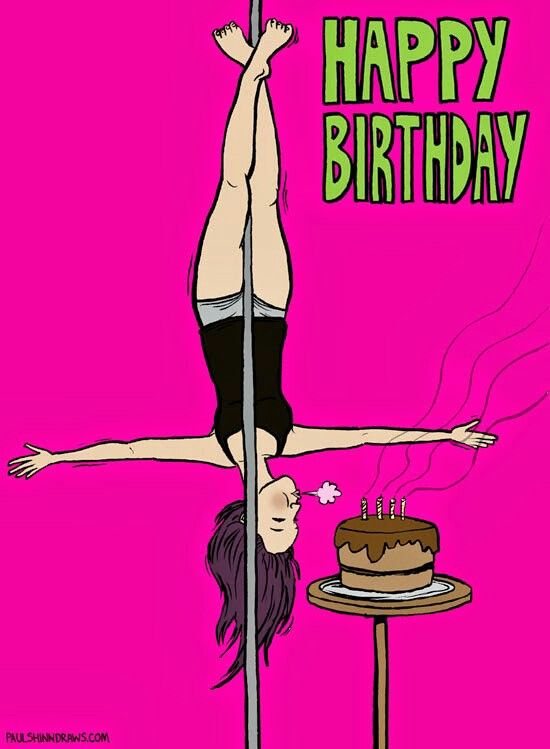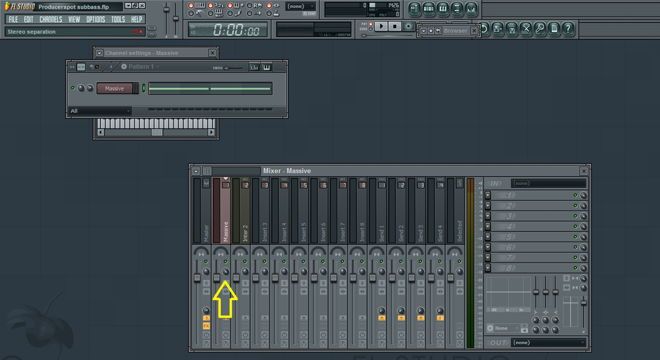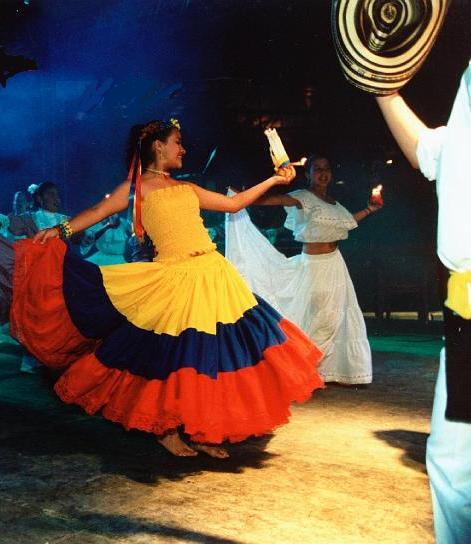How do dancers not get dizzy
Ballet dancers' brains adapt to stop them feeling dizzy | Imperial News
Scientists have discovered differences in the brain structure of ballet dancers that may help them avoid feeling dizzy when they perform pirouettes.
The research suggests that years of training can enable dancers to suppress signals from the balance organs in the inner ear.
The findings, published in the journal Cerebral Cortex, could help to improve treatment for patients with chronic dizziness. Around one in four people experience this condition at some time in their lives.
Normally, the feeling of dizziness stems from the vestibular organs in the inner ear. These fluid-filled chambers sense rotation of the head through tiny hairs that sense the fluid moving. After turning around rapidly, the fluid continues to move, which can make you feel like you’re still spinning.
Ballet dancers can perform multiple pirouettes with little or no feeling of dizziness. The findings show that this feat isn’t just down to spotting, a technique dancers use that involves rapidly moving the head to fix their gaze on the same spot as much as possible.
Researchers at Imperial College London recruited 29 female ballet dancers and, as a comparison group, 20 female rowers whose age and fitness levels matched the dancers’.
The volunteers were spun around in a chair in a dark room. They were asked to turn a handle in time with how quickly they felt like they were still spinning after they had stopped. The researchers also measured eye reflexes triggered by input from the vestibular organs. Later, they examined the participants’ brain structure with MRI scans.
In dancers, both the eye reflexes and their perception of spinning lasted a shorter time than in the rowers.
Dr Barry Seemungal, from the Department of Medicine at Imperial, said: “Dizziness, which is the feeling that we are moving when in fact we are still, is a common problem. I see a lot of patients who have suffered from dizziness for a long time. Ballet dancers seem to be able to train themselves not to get dizzy, so we wondered whether we could use the same principles to help our patients.”
I see a lot of patients who have suffered from dizziness for a long time. Ballet dancers seem to be able to train themselves not to get dizzy, so we wondered whether we could use the same principles to help our patients.”
The brain scans revealed differences between the groups in two parts of the brain: an area in the cerebellum where sensory input from the vestibular organs is processed and in the cerebral cortex, which is responsible for the perception of dizziness.
The area in the cerebellum was smaller in dancers. Dr Seemungal thinks this is because dancers would be better off not using their vestibular systems, relying instead on highly co-ordinated pre-programmed movements.
“It’s not useful for a ballet dancer to feel dizzy or off balance. Their brains adapt over years of training to suppress that input. Consequently, the signal going to the brain areas responsible for perception of dizziness in the cerebral cortex is reduced, making dancers resistant to feeling dizzy.
“If we can target that same brain area or monitor it in patients with chronic dizziness, we can begin to understand how to treat them better.”
Another finding in the study may be important for how chronic dizzy patients are tested in the clinic. In the control group, the perception of spinning closely matched the eye reflexes triggered by vestibular signals, but in dancers, the two were uncoupled.
“This shows that the sensation of spinning is separate from the reflexes that make your eyes move back and forth,” Dr Seemungal said. “In many clinics, it’s common to only measure the reflexes, meaning that when these tests come back normal the patient is told that there is nothing wrong. But that’s only half the story. You need to look at tests that assess both reflex and sensation.”
The research was funded by a Health Foundation / Academy of Medical Sciences Fellowship and the Medical Research Council.
Reference
Y Nigmatullina et al. ‘The Neuroanatomical Correlates of Training-Related Perceptuo-Reflex Uncoupling in Dancers’ Cerebral Cortex, 27 September 2013. doi:10.1093/cercor/bht266
‘The Neuroanatomical Correlates of Training-Related Perceptuo-Reflex Uncoupling in Dancers’ Cerebral Cortex, 27 September 2013. doi:10.1093/cercor/bht266
See the press release of this article
Why don't ballerinas get dizzy?
Health
By Alphonso Van Marsh
/ CBS News
LONDON, England Former professional ballet dancer Stephen Williams says he hasn't turned a pirouette he couldn't handle.
"I don't think I've ever been dizzy," says Williams, an instructor with the Central School of Ballet in London.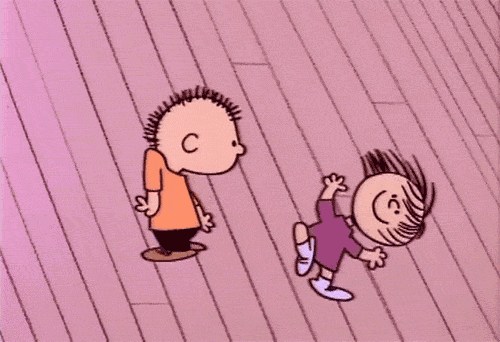 "It has to do with the length of the training. You have to keep at it again, and again -- and again."
"It has to do with the length of the training. You have to keep at it again, and again -- and again."
Like many ballet dancers who practice pirouettes and other spinning moves repetitively, Williams doesn't get that lightheaded sensation most people feel after spinning around.
Researchers at the Imperial College London say they've discovered differences in the ballet dancers' brain structure that help them suppress that dizzy feeling. They say their ballet brain study could lead to new therapies to help the one in four people, researchers claim, who suffer from chronic dizziness.
The study was published in the journal Cerebral Cortex. The researchers took a group of female ballet dancers and put them through a series of spinning tests in a chair in a dark room. The researchers also selected female rowers as a control group of similar age, number, gender and fitness, and put them through the same tests. Next, the Imperial College London researchers measured the brains of the two groups and how the volunteers reacted to the spinning.
Researchers say the dancers recovered more quickly from the spinning tests than the rowers. MRI scans showed that the area of the dancers' brains that senses that dizzy feeling, was smaller than that area in the rowers' heads.
"[The ballet dancer's] brain adapts over years of training to suppress that input [of dizziness]," says Dr. Barry Seemungal, who lead the research. The study also indicated the more experienced the dancer, the smaller that area of the brain. Seemungal says if science can target that same brain area or monitor it in patients with chronic dizziness, researchers can begin to understand how to treat those patients better.
"These are the first steps in which we can really try and understand how the brain can heal itself, in a way, in trying to suppress dizziness," says Dr. Seemungal.
At the Central School of Ballet, Stephen Williams teaches his first-year students "spotting" -- a technique focusing their eyes on one area in front of them as they spin around repetitively -- to stay steady. Researchers say their study indicates that spotting alone isn't responsible for a ballet dancer's ability to spin and excel on stage.
Researchers say their study indicates that spotting alone isn't responsible for a ballet dancer's ability to spin and excel on stage.
Trending News
First published on November 1, 2013 / 2:34 PM
© 2013 CBS Interactive Inc. All Rights Reserved.
Thanks for reading CBS NEWS.
Create your free account or log in
for more features.
Please enter email address to continue
Please enter valid email address to continue
How dancing helps get rid of dizziness and become smarter
November 15, 2013 Advice
Many men do not take dancing seriously and consider it an activity exclusively for girls, and even then not for everyone. Especially often from our men you can hear: "Men don't dance!". And rightly so, the occupation is not serious!
And rightly so, the occupation is not serious!
musatovvadim
But in fact, dance is not only exercise for your body. It is also a kind of brain trainer! We have already published articles that playing sports, and running in particular, spur a person's cognitive abilities. Now it's time for the dancing. nine0003
Dancing improves brain function at various levels. Two recent studies have shown how different types of dance enable dancers to achieve peak performance by blending cerebral and cognitive processes with muscle memory and proprioception.
Proprioception, proprioception (from Latin proprius - "own, special" and receptor - "accepting"; from Latin capio, cepi - "accept, perceive"), deep sensitivity - a sense of the position of parts of one's own body relative to each other. nine0003
Through aerobic exercise at least twice a week, which combines different types of dance, everyone can maximize their brain function. Of course, we are not talking about the convulsive impulses of the body, which many people try to pass off as a dance, but about a dance in which not only the body, but also the brain is included in the work.
Of course, we are not talking about the convulsive impulses of the body, which many people try to pass off as a dance, but about a dance in which not only the body, but also the brain is included in the work.
Professional dancers never get dizzy. Why?
If you are prone to dizziness, then you need to learn how to dance! A new study has found that dancing can help manage dizziness and improve balance. In September 2013, researchers at Imperial College London reported that choreographers have a slightly different brain structure than non-dancers. And it is these specific differences that help them avoid dizziness during pirouettes. nine0003
Movement Visualization Helps Improve Muscle Memory
Another study, published in an article on psychologicalscience.org, showed that dancers are able to break down a dance into parts in their minds and mentally go through each movement, leaving “markers” of sorts.
Findings published in Psychological Science suggest that this labeling may alleviate the conflict between the cognitive and physical aspects of dance. This is what allows the dancers to memorize the movements and perform them smoothly. They seem to be in a flow. nine0003
This is what allows the dancers to memorize the movements and perform them smoothly. They seem to be in a flow. nine0003
And at this time, their brain is working to its fullest, thinking through each step and connecting it with the next as smoothly as possible. So that from the outside it looks like one single, smooth movement, and not a set of separate intermittent ones.
How can this be applied?
How can the above research be applied to the everyday life of the common man, rather than the professional dancer?
If you learn to control the part of the brain responsible for this, you can help many people who suffer from dizziness that is not related to other problems in the body. Scientists are just working on this problem. nine0003
Dr. Barry Simangle of the Imperial College Medical Department has worked with many patients for whom dizziness has become a real problem. Ballet dancers are able to train their brains so that they stop feeling dizzy. So doctors wondered if they could use the same principles to help their patients.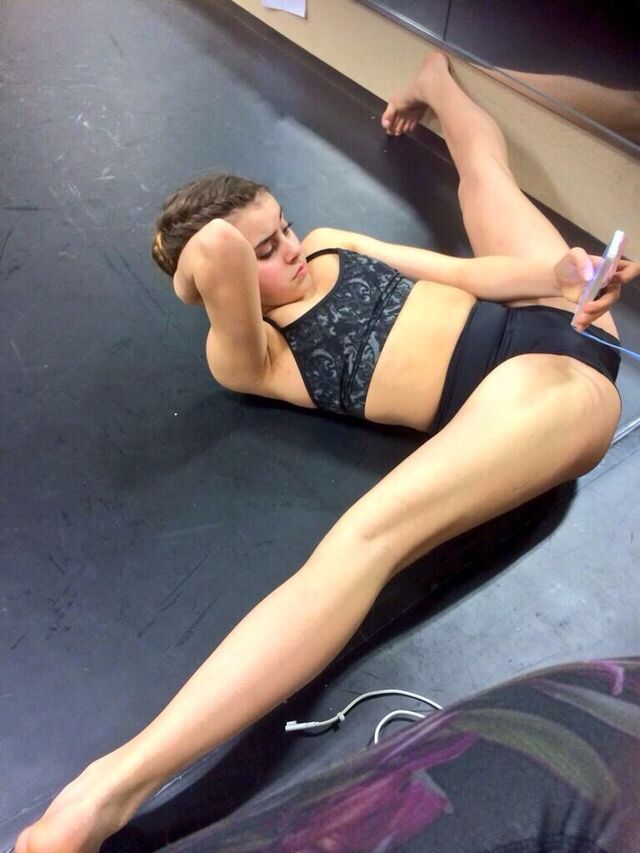
Visualization and synchronization are quite applicable, for example, in the study of foreign languages. As in the case of dancing, the brain needs to perform two actions at the same time - to translate a word from one language to another. And not just translate, but put them into sentences. In addition, if the languages differ significantly from each other, you have to work twice as hard. nine0003
It turns out that in order to benefit from dancing, it is not at all necessary to become a professional dancer. Dancing for the soul just a couple of times a week is a great way to improve the functioning of the cerebellum, keep the body in good shape, remove the unpleasant feeling of dizziness from your life (one in four people get dizzy at least occasionally) and facilitate the process of learning, for example, foreign languages. . I am generally silent about the fact that dancing is an excellent socializing factor.
How do you feel about dancing?
Ballerina's brain adapts to whirling - scientists
Photo caption,
without feeling dizzy.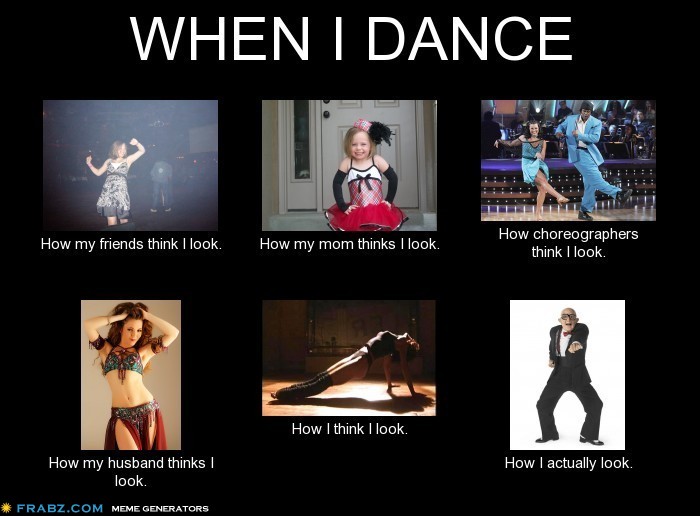 This is evidenced by a new study conducted by scientists from Imperial College London.
This is evidenced by a new study conducted by scientists from Imperial College London.
According to the findings of scientists, ballerinas muffle the signals coming from the outer ear to the brain.
To avoid dizziness while dancing, dancers use the "dot hold" technique, which minimizes head movement.
Experts say their findings could help treat patients suffering from chronic vertigo.
Heavy training
Dizziness is the feeling of movement when in fact it remains still. nine0003
The vast majority of people rarely experience dizziness: it is usually an occasional, short-term sensation. But for every fourth person at some stage of life, this feeling becomes chronic.
When a person spins or spins rapidly, small hairs in the vestibular organs of the inner ear feel the vibrations of the vestibular fluid.
After stopping, the fluid continues to oscillate for a while, causing the person to feel dizzy.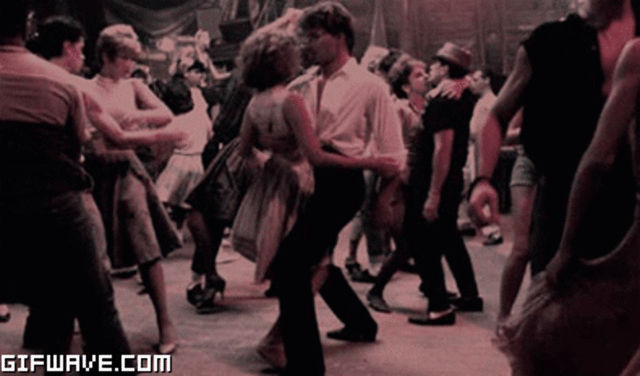 nine0003
nine0003
To get rid of this feeling while performing dance figures, ballet dancers master the technique of "holding the point" for a long time and persistently.
It consists in the fact that while circling the dancer chooses an arbitrary point on the wall and holds it with his eyes. When it starts to rotate, first the whole body turns back, followed by the head, after which the head first turns to its original position, and then the whole body.
Ballerinas against athletes
For the study, the scientists gathered a group of 29 ballerinas and 20 rowing athletes of the same age and with the same physical fitness.
First, all participants in the experiment were spun in a chair, and after a sudden stop, they were asked to turn a special handle at the speed with which, in their opinion, they continued to rotate.
During the experiment, the scientists also observed the participants' eye movements and analyzed MRI images of the brain.


